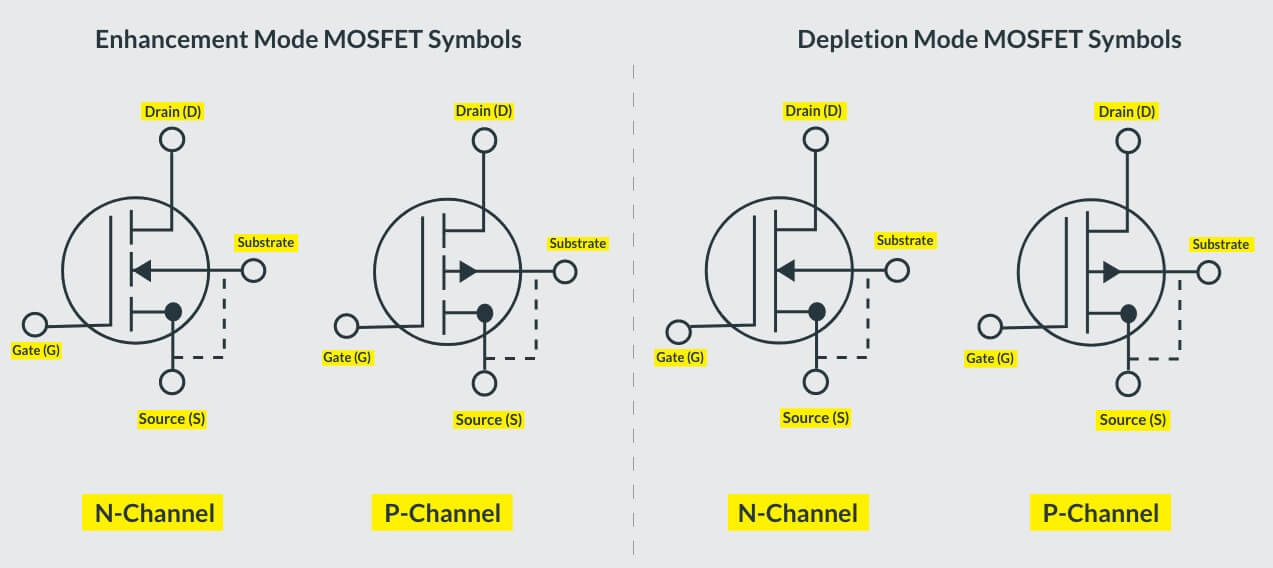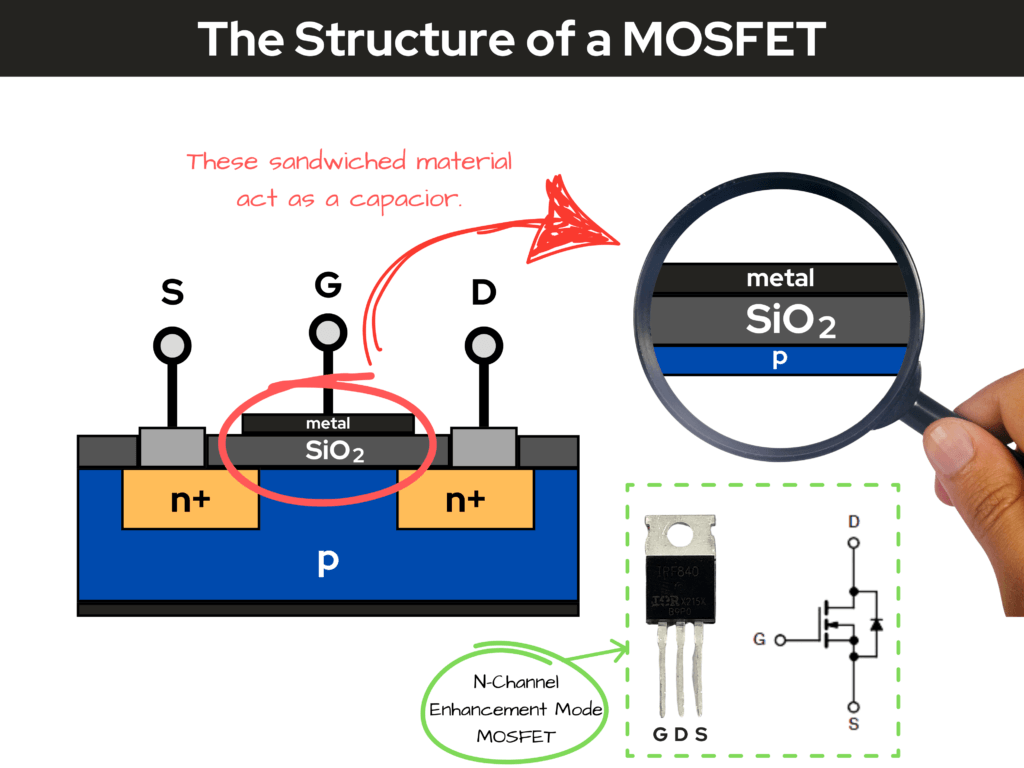Alright, so you’re asking about MOSFET types. Man, when I first started fiddling with electronics, these little guys were a bit of a puzzle. It wasn’t like just picking a resistor, you know? There seemed to be a whole bunch of ’em, and everyone online was throwing around terms like N-channel this, P-channel that. I just wanted to turn an LED on and off with a microcontroller, or maybe spin a small motor without burning out my Arduino pin!

Getting My Head Around the Basics
So, the first thing I really had to get straight was the whole N-Channel vs P-Channel deal. I remember staring at datasheets for ages. Here’s how I eventually got it to stick in my brain, not the textbook way, but my way:
- N-Channel MOSFETs: These are the ones I use most of the time, honestly. Think of them like a switch that you put on the “low side” of your load. So, you connect your motor or bright LED to the positive supply, then the N-Channel MOSFET, then to ground. To turn it ON, you give its gate a positive voltage (compared to its source, which is usually ground). Simple enough, right? Most microcontrollers, like Arduinos or ESPs, put out a positive signal, so it’s a natural fit.
- P-Channel MOSFETs: These are kinda the opposite. You usually put them on the “high side” – between the positive supply and your load. To turn a P-Channel ON, you need to pull its gate voltage lower than its source (which is connected to the positive supply). This tripped me up a few times. I’d try to drive it directly with a 5V signal from my microcontroller, and nothing would happen, or it wouldn’t turn off properly. You often need an extra little circuit, maybe with another small transistor, to drive them correctly if your control voltage is the same as your main supply voltage.
I learned this the hard way, of course. Had a project where I was trying to control a 12V device and thought, “P-channel, high-side switching, neat!” Then spent a whole afternoon wondering why my 5V logic signal wasn’t doing the job properly. Turns out, pulling the gate to 5V when the source is at 12V doesn’t really turn it off hard, or on properly for that matter, depending on the specific MOSFET. Facepalm moment.
Then There’s Enhancement vs. Depletion Mode…
Just when I thought I had a handle on N and P types, someone mentioned enhancement mode and depletion mode. My eyes glazed over for a bit, I won’t lie. But for most of the stuff I do, and probably what you’ll do starting out, you’ll mostly bump into enhancement mode MOSFETs.
Here’s the gist as I see it:
- Enhancement Mode: These are “normally off.” You have to apply a voltage to the gate to turn them ON. Think of it like you have to enhance the channel for current to flow. This is super common for switching applications. You want the switch to be off until you tell it to be on. Makes sense.
- Depletion Mode: These are “normally on.” You have to apply a voltage to the gate to turn them OFF. I haven’t used these nearly as much. Maybe for some niche current limiting or something, but for general switching, enhancement mode is usually the way to go.
So, for 90% of my projects, I’m looking for an enhancement mode N-Channel MOSFET. It just keeps things simpler, especially when interfacing with microcontrollers.

A Few Scars and Lessons
I’ve definitely blown up a few MOSFETs in my time. One classic mistake I made early on was forgetting about the gate resistor. Sometimes, especially with bigger MOSFETs, the gate can look like a capacitor. If you try to drive it directly from a microcontroller pin without a small resistor (like 100 ohms or so), you can get these big current spikes that can fry either the MOSFET gate or your microcontroller pin. Ouch. Lesson learned: always check the datasheet and consider a gate resistor.
Another thing is static electricity. These things can be sensitive! I wasn’t super careful at first, just grabbing them out of the bag. Now, I try to be a bit more mindful, especially with the smaller ones. Grounding myself before handling them isn’t a bad idea.
And don’t forget a flyback diode if you’re switching inductive loads, like motors or solenoids! That’s not strictly about the MOSFET type, but man, a collapsing magnetic field can send a nasty voltage spike back and kill your MOSFET if you’re not careful. I fried a perfectly good N-channel that way trying to control a small 12V solenoid. The solenoid worked a few times, then poof, MOSFET was dead. A simple diode across the solenoid coil would have saved it.
So yeah, that’s been my journey with MOSFET types. Started confusing, got a bit clearer with some trial and error (and a bit of smoke). Stick to N-channel enhancement mode for most basic switching, pay attention to your gate drive voltage, and you’ll be off to a good start. Good luck with your projects!

